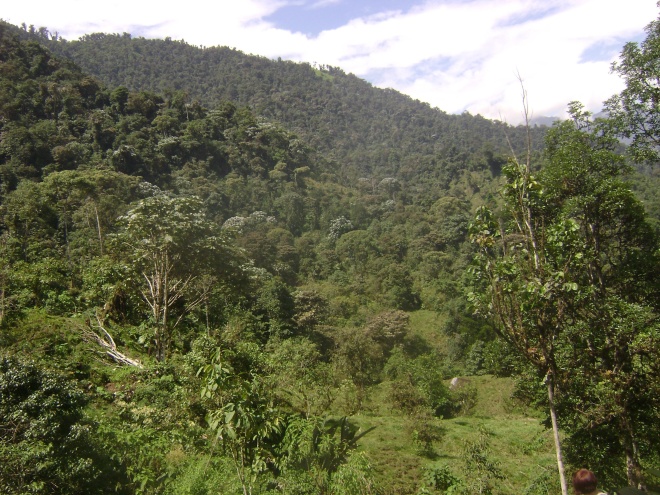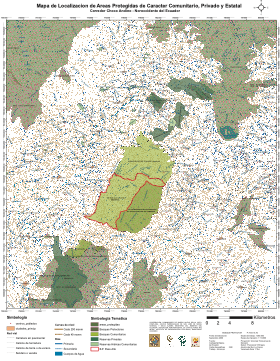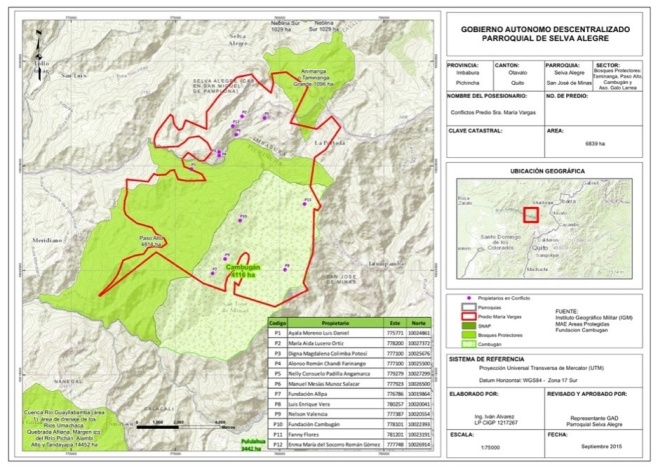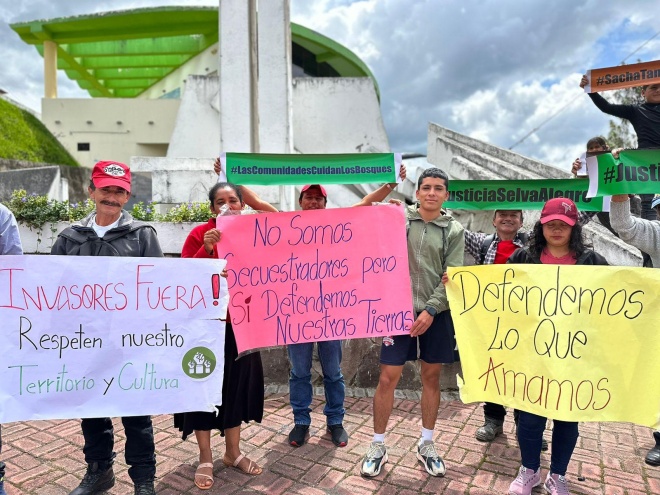In 2001 Rainforest Concern started work to protect 5000 hectares of cloud forests in an area of exceptional biodiversity in the Biocorridor called Paso Alto. At this time, Rainforest Concern was the only international NGO working with the local organisations and communities in this area. Through local partnerships with AACRI (the local coffee growers association in Intag), Consorcio Toisán, and Grupo Allpa and the extensive participation of the communities, the Paso Alto management plan was developed, alongside a parallel agroforestry project. This process culminated in the area being declared as a Protected Forest by Ecuador’s Ministry of Environment in December 2009.
Since then, the importance of the Paso Alto and adjacent Cambugán protected forests have been recognised and included in the Andean Bear Ecological Corridor in 2013, the Andean Chocó Biosphere Reserve designated by UNESCO in 2018, and the Mojanda-Cambugán Conservation and Sustainable Use Area declared by the Municipality of Quito in 2022.




